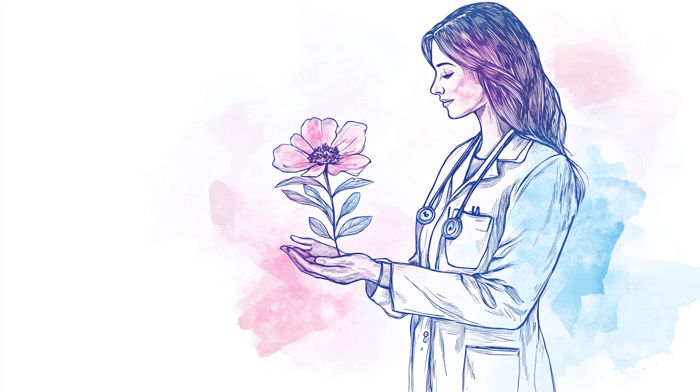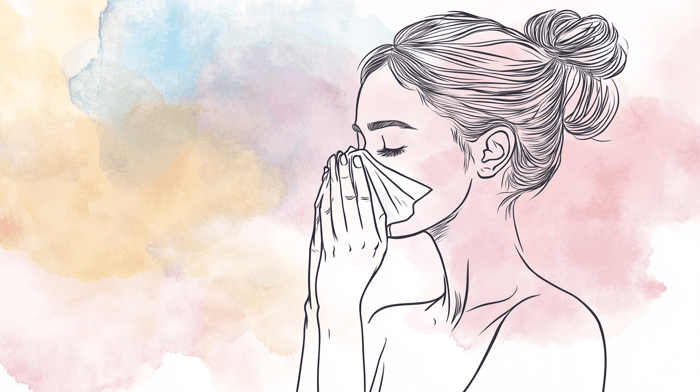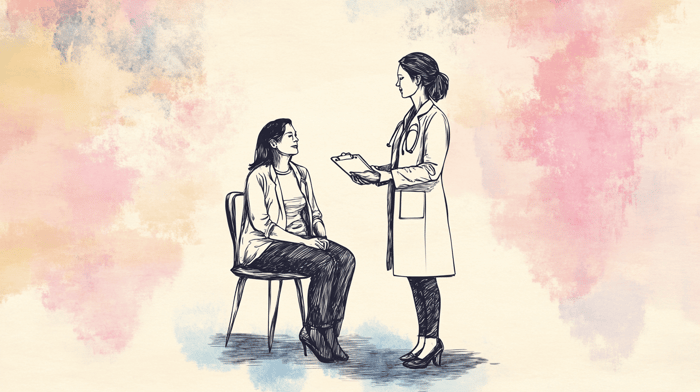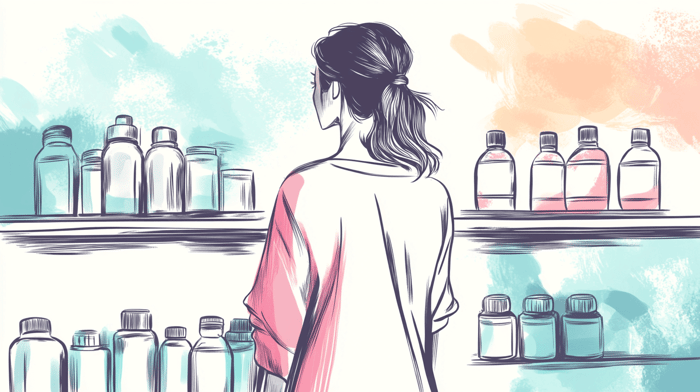Did you know that the vagina contains both good and bad bacteria? When bacterial vaginosis (BV) occurs, there’s an imbalance, and bad bacteria outnumber the good ones. This can lead to vaginal inflammation, especially in women of childbearing age.
BV can happen even if a woman has never had sex, but it's more common among sexually active women. While BV itself is not considered a sexually transmitted infection (STI), it can increase the risk of contracting STIs.
What Is Bacterial Vaginosis?
Bacterial vaginosis is a condition caused by an imbalance in vaginal bacteria. While BV may not always lead to other infections, it can cause complications, particularly for women who are pregnant or trying to conceive.
Potential Pregnancy Complications from BV:
- Pregnancy loss
- Preterm delivery
- Premature rupture of the amniotic sac
- Tubal factor infertility due to fallopian tube damage
- Chorioamnionitis (inflammation of fetal membranes)
- Postpartum endometritis (inflammation of the uterus lining)
BV can also lead to pelvic inflammatory disease (PID) and increase the risk of contracting STIs such as gonorrhea, herpes, and chlamydia. Additionally, women with BV are more susceptible to HIV.
Symptoms of Bacterial Vaginosis
Many women with BV may not experience symptoms. If symptoms do occur, they can include:
- Thin, colored vaginal discharge
- Fishy vaginal odor, especially after sex
- Burning sensation when urinating
- Vaginal itching
Bacterial vaginosis is different from a yeast infection, which is characterized by a thick, odorless white discharge.
When to See a Doctor
If you notice any unusual vaginal discharge, especially with an odor or fever, it’s important to see your doctor. You should also consult a doctor if:
- You are sexually active with multiple partners or have a new partner
- You’ve tried over-the-counter yeast infection treatments but symptoms persist
Causes of Bacterial Vaginosis
The vagina naturally contains both good and bad bacteria. Normally, good bacteria (lactobacilli) outnumber the bad ones (anaerobes), creating a slightly acidic environment. When anaerobes increase, the pH balance is disturbed, causing BV.
Factors That Increase BV Risk:
- Smoking
- Using strong detergents on underwear
- Vaginal deodorants or scented products
- New or multiple sexual partners
- Douching or using antiseptic solutions
Treatment for Bacterial Vaginosis
If you don’t have symptoms, BV might resolve on its own. However, if symptoms are present, treatment is important to avoid complications, especially during pregnancy.
Doctors commonly prescribe antibiotics such as metronidazole or clindamycin. These medications can be taken as pills, gels, or creams. Even with treatment, BV can recur within weeks or months, so follow-up treatment may be necessary.
Home Remedies for Bacterial Vaginosis
Hydrogen Peroxide
Daily vaginal irrigation with hydrogen peroxide for one week can help manage BV with fewer side effects than other treatments.
Garlic
Garlic is known for its antibacterial properties and can be an effective home remedy for BV.
Breathable Underwear
Wearing cotton underwear can help reduce moisture and prevent bacterial growth, which may worsen BV.
Boric Acid
Boric acid capsules can be used to treat BV but should not be used during pregnancy or ingested.
Tea Tree Oil
Tea tree oil’s antibacterial properties may help treat BV. Always dilute it with a carrier oil and test it on a small patch of skin before using it in sensitive areas.
Yogurt
Yogurt contains probiotics that can help restore the balance of good bacteria in your body, supporting a healthy vaginal environment.
Probiotics
Taking probiotic supplements can also help treat BV by reintroducing healthy bacteria.
Is Bacterial Vaginosis Common?
BV is a common condition among women aged 14-44, particularly among Black women. It can occur even in women who have never had sex but is more common in those who are sexually active.
What Is the Most Effective Treatment for BV?
Effective treatments for BV include metronidazole pills, metronidazole gel, and clindamycin cream. It’s important to follow your doctor's recommendations for treatment.
Is BV an STD?
While BV is not considered an STD, having multiple sexual partners can increase your risk of developing it.
What’s the Difference Between BV and a Yeast Infection?
BV is caused by an overgrowth of bad bacteria, while a yeast infection results from an overgrowth of Candida fungus. BV typically causes a thin discharge with a fishy odor, while a yeast infection produces a thick, odorless discharge.
Conclusion
Bacterial vaginosis is a common condition that affects many women, particularly those of childbearing age. It can often be managed with home remedies or medical treatments. If you experience any symptoms, consult your doctor for the best course of action to maintain your reproductive health.










